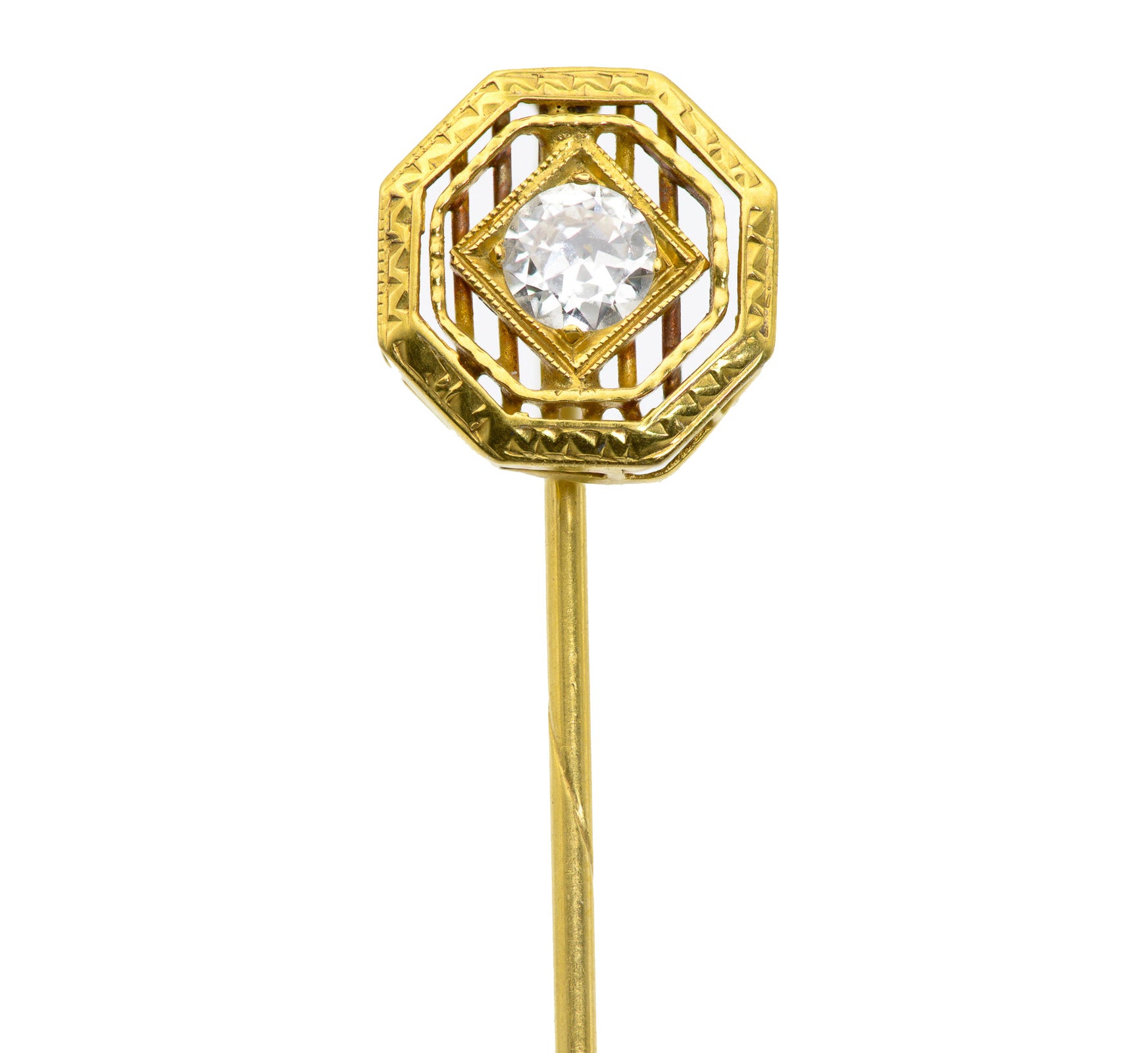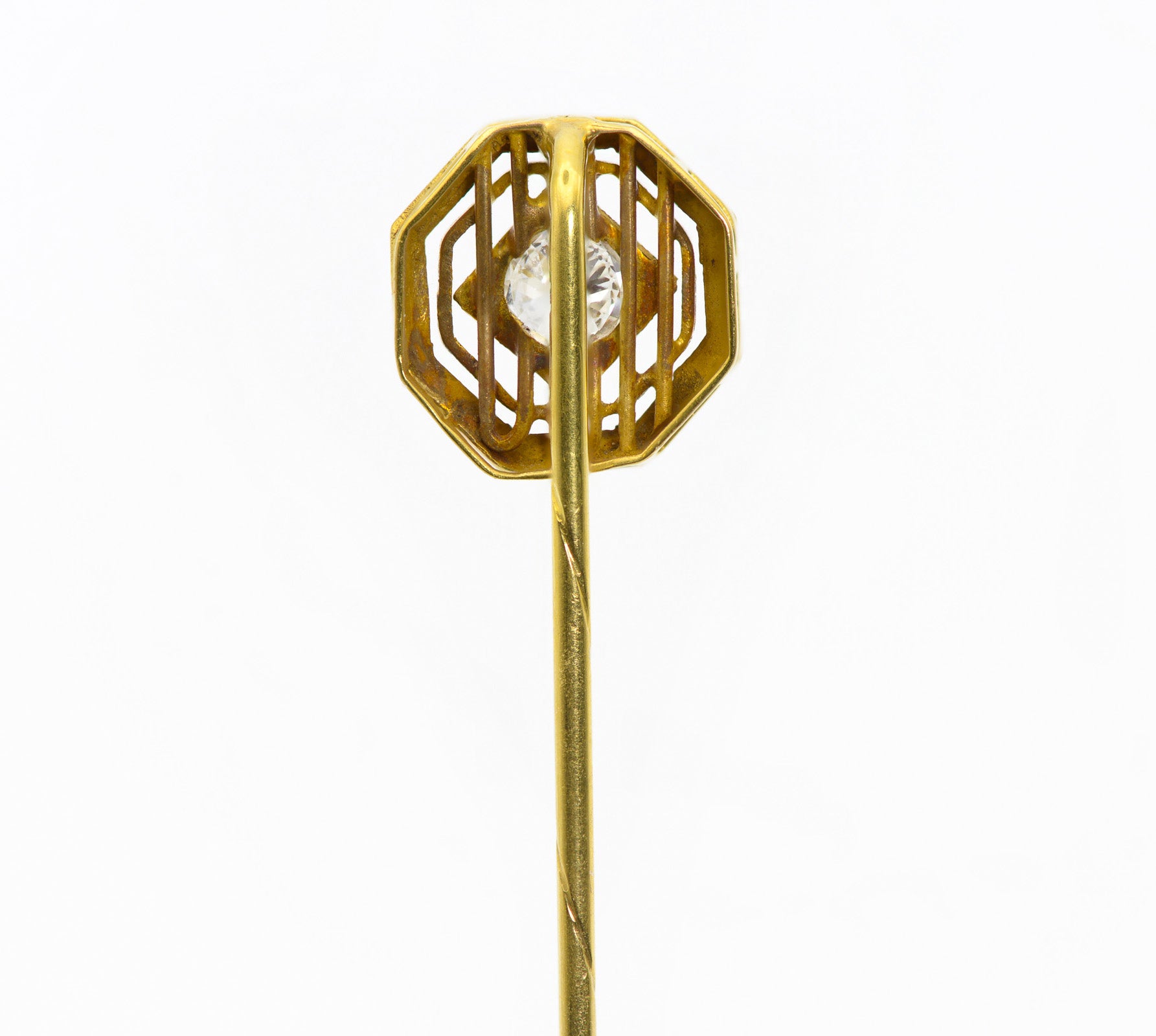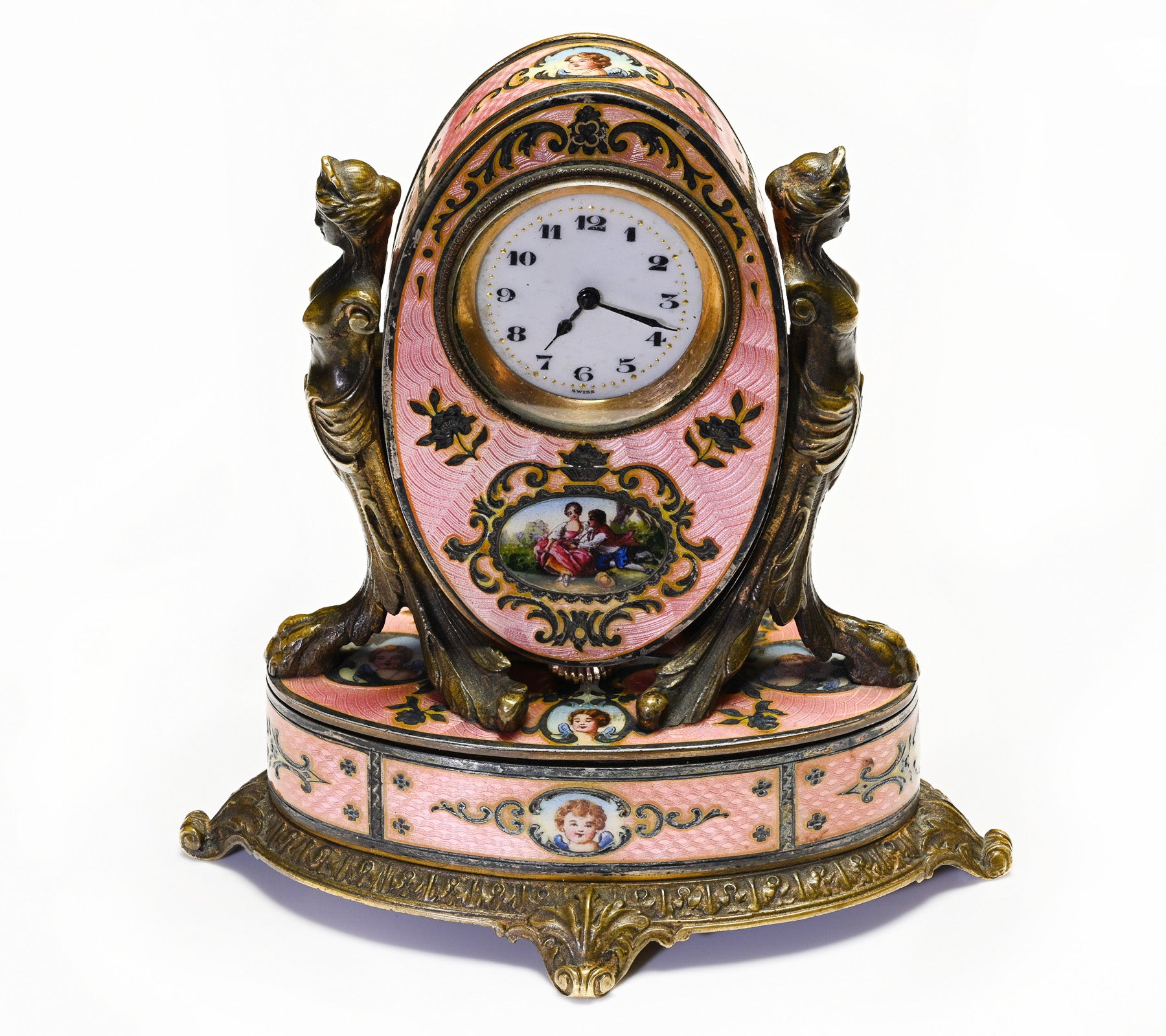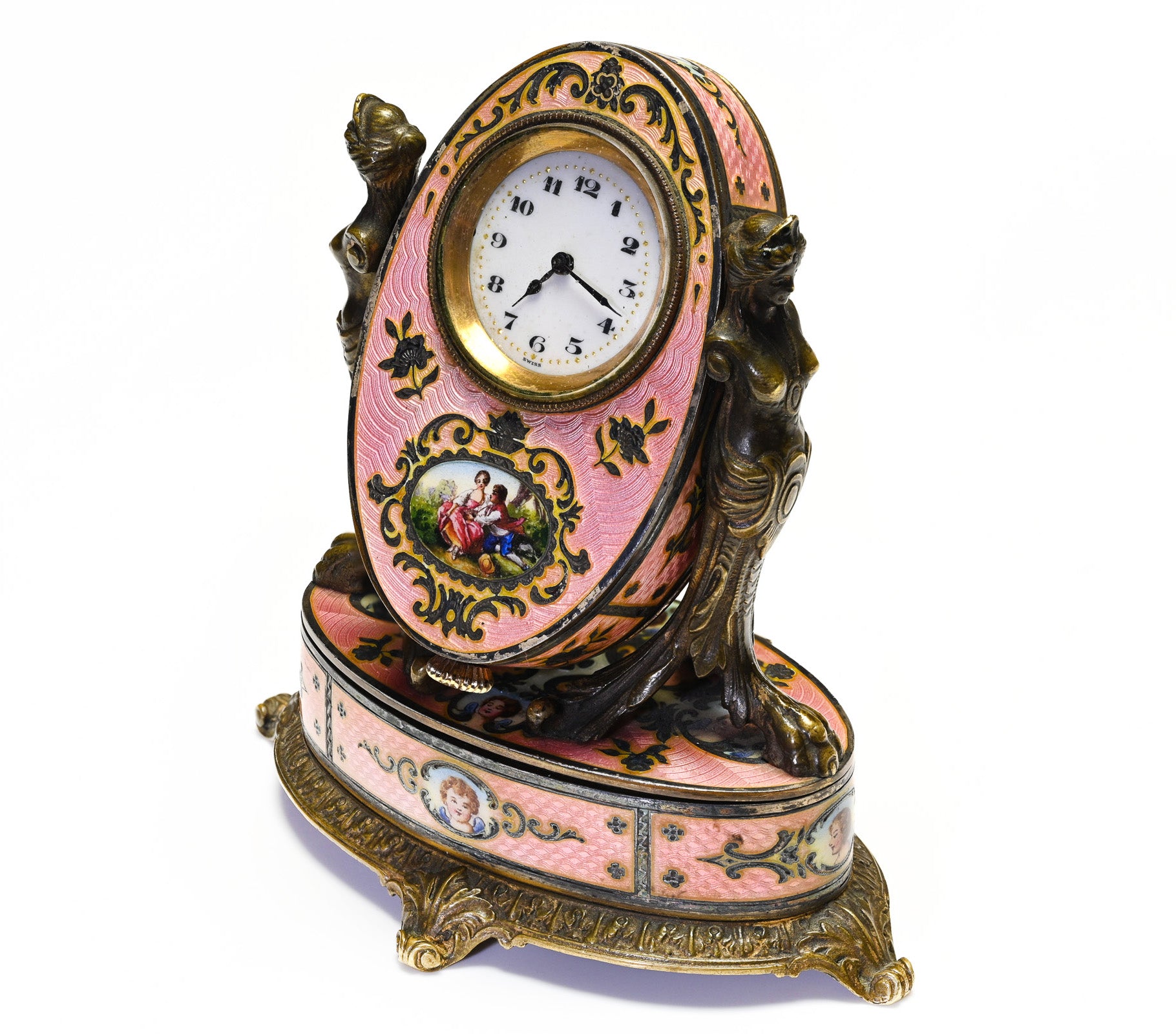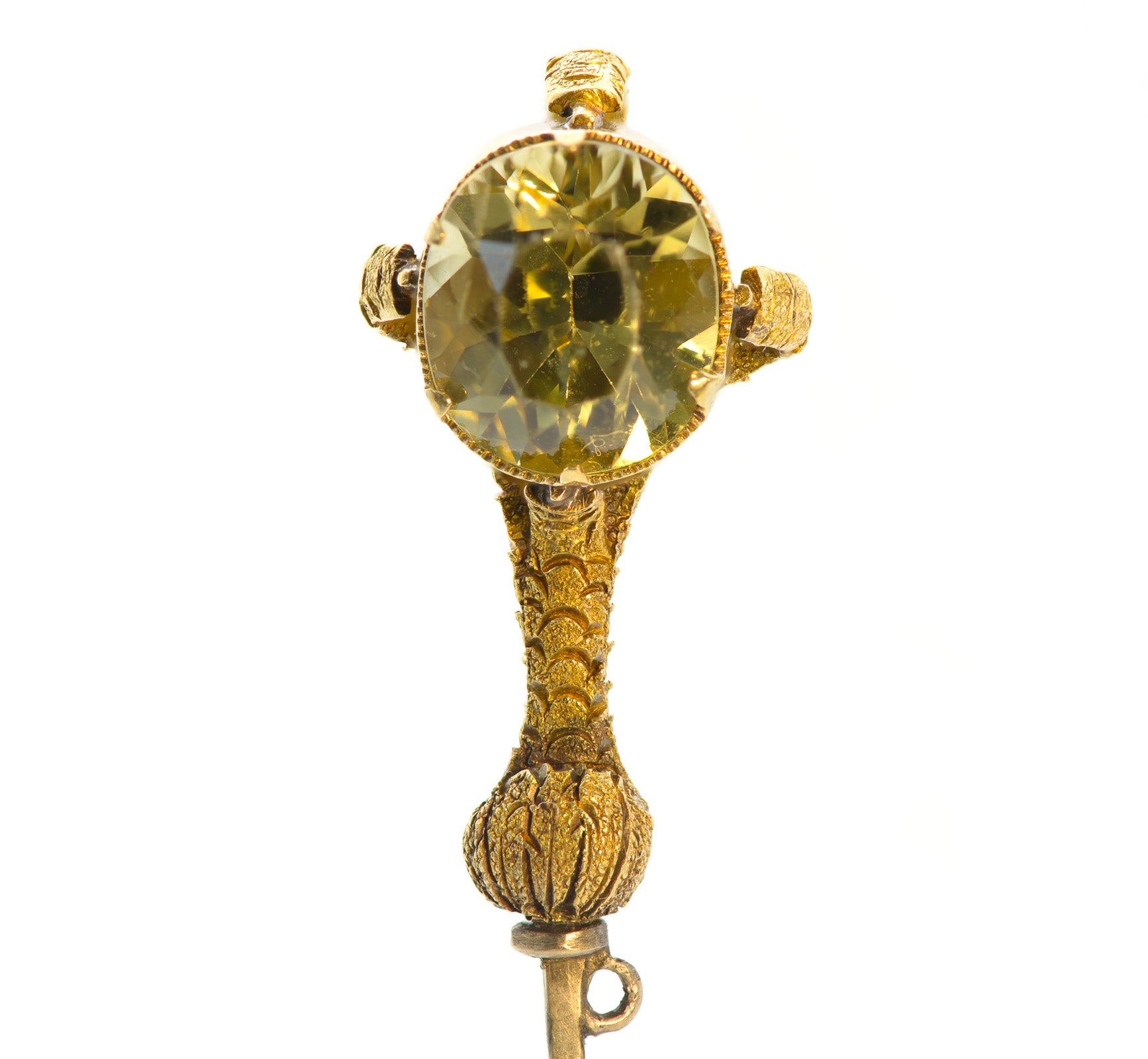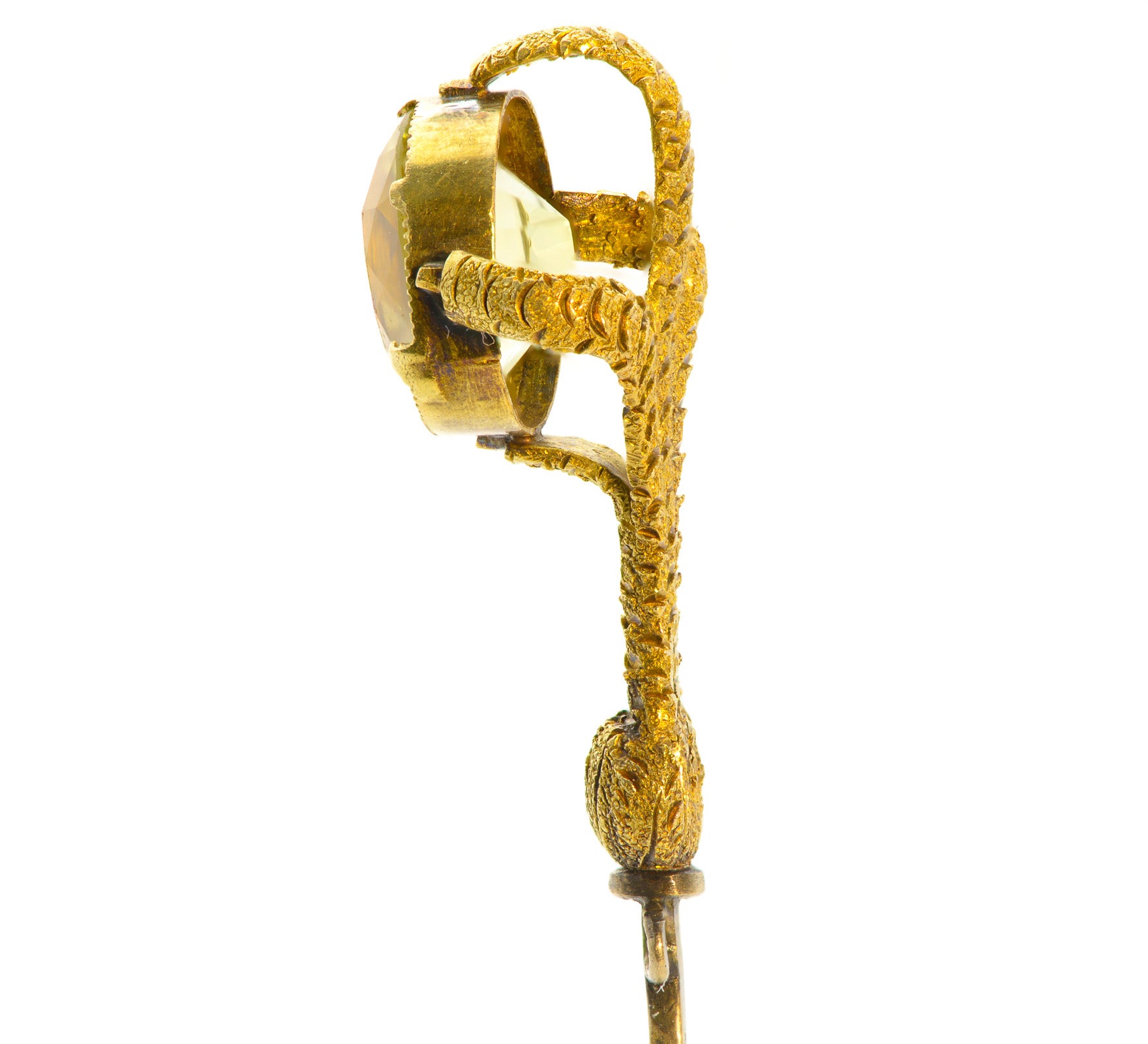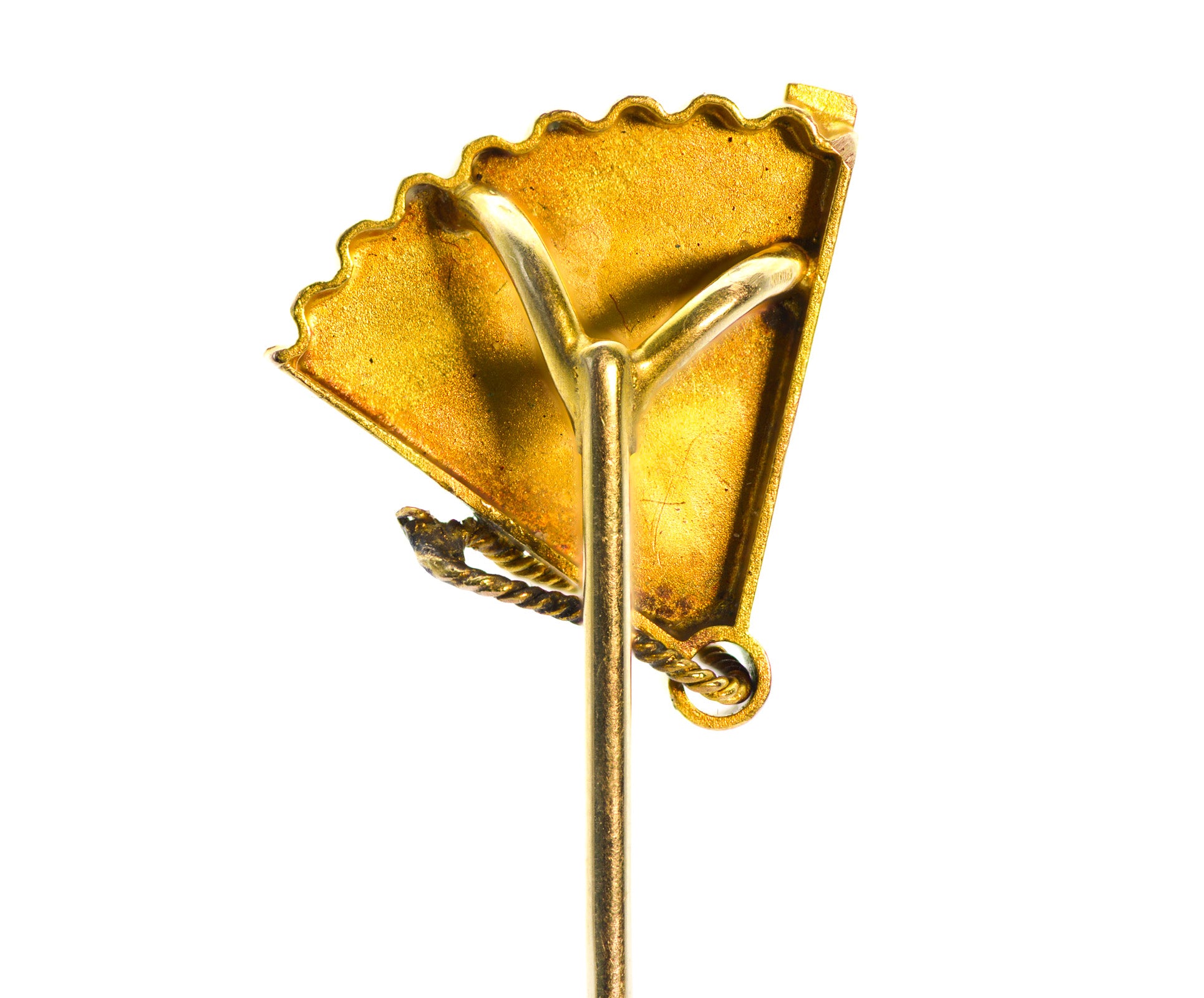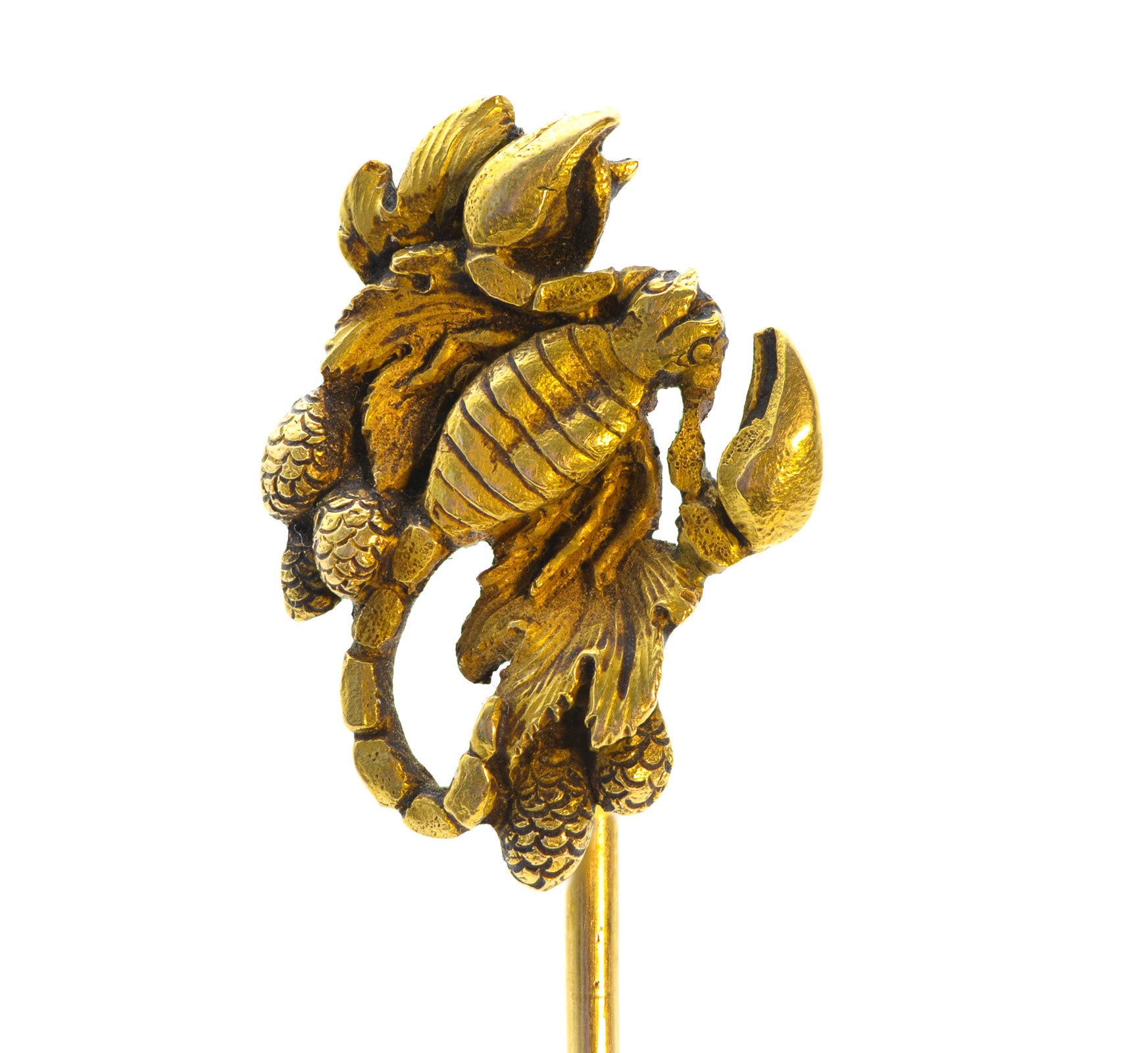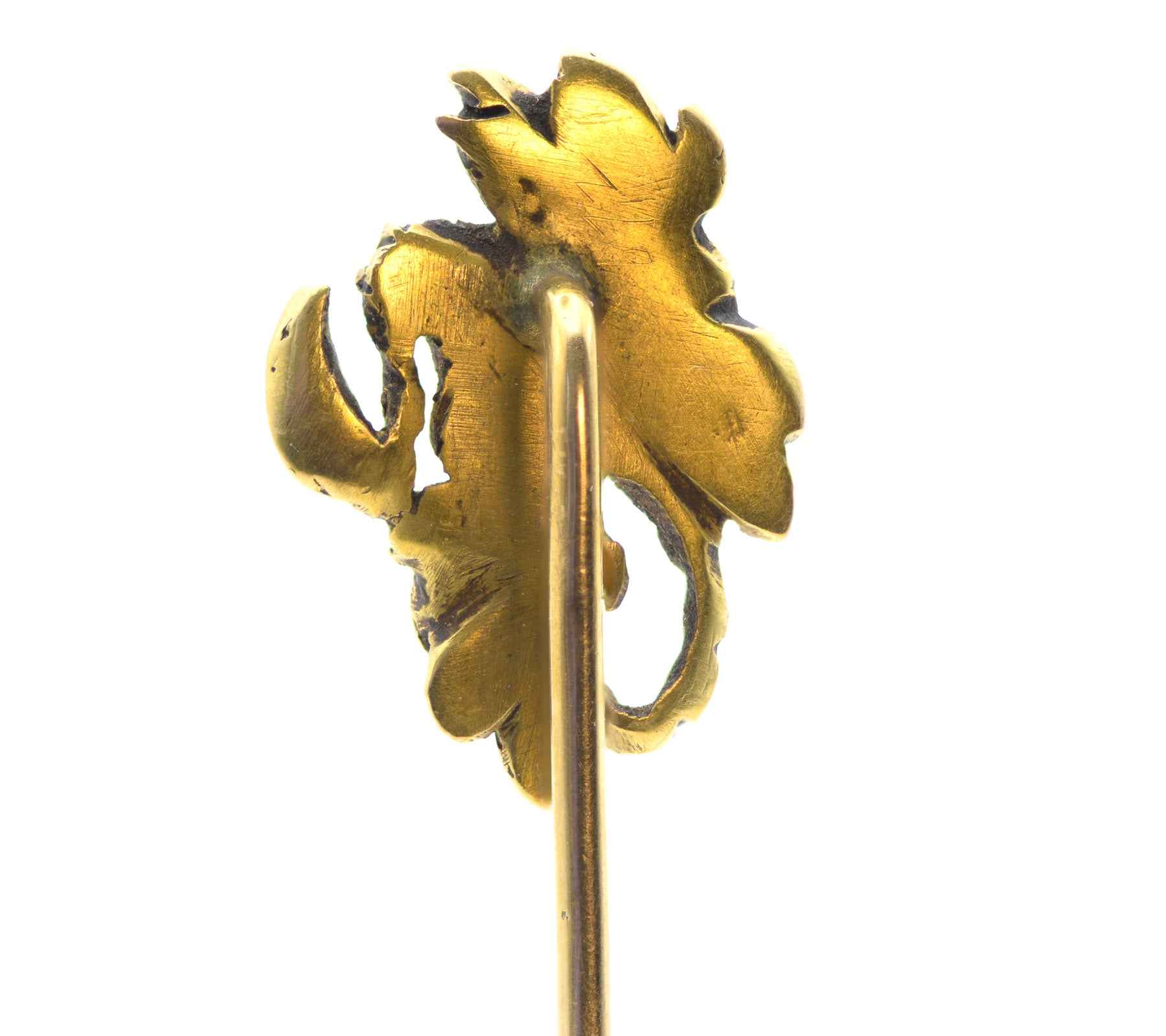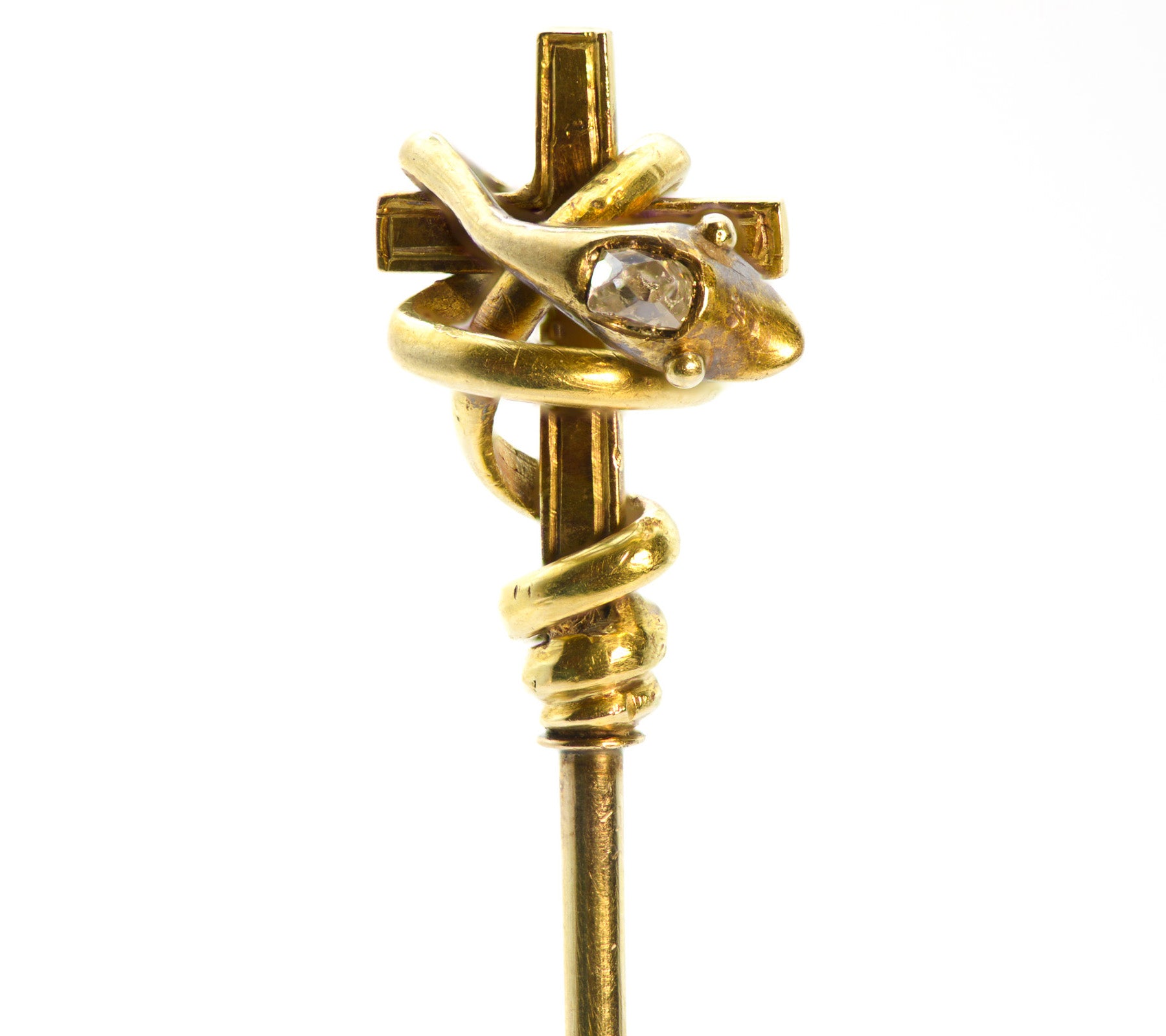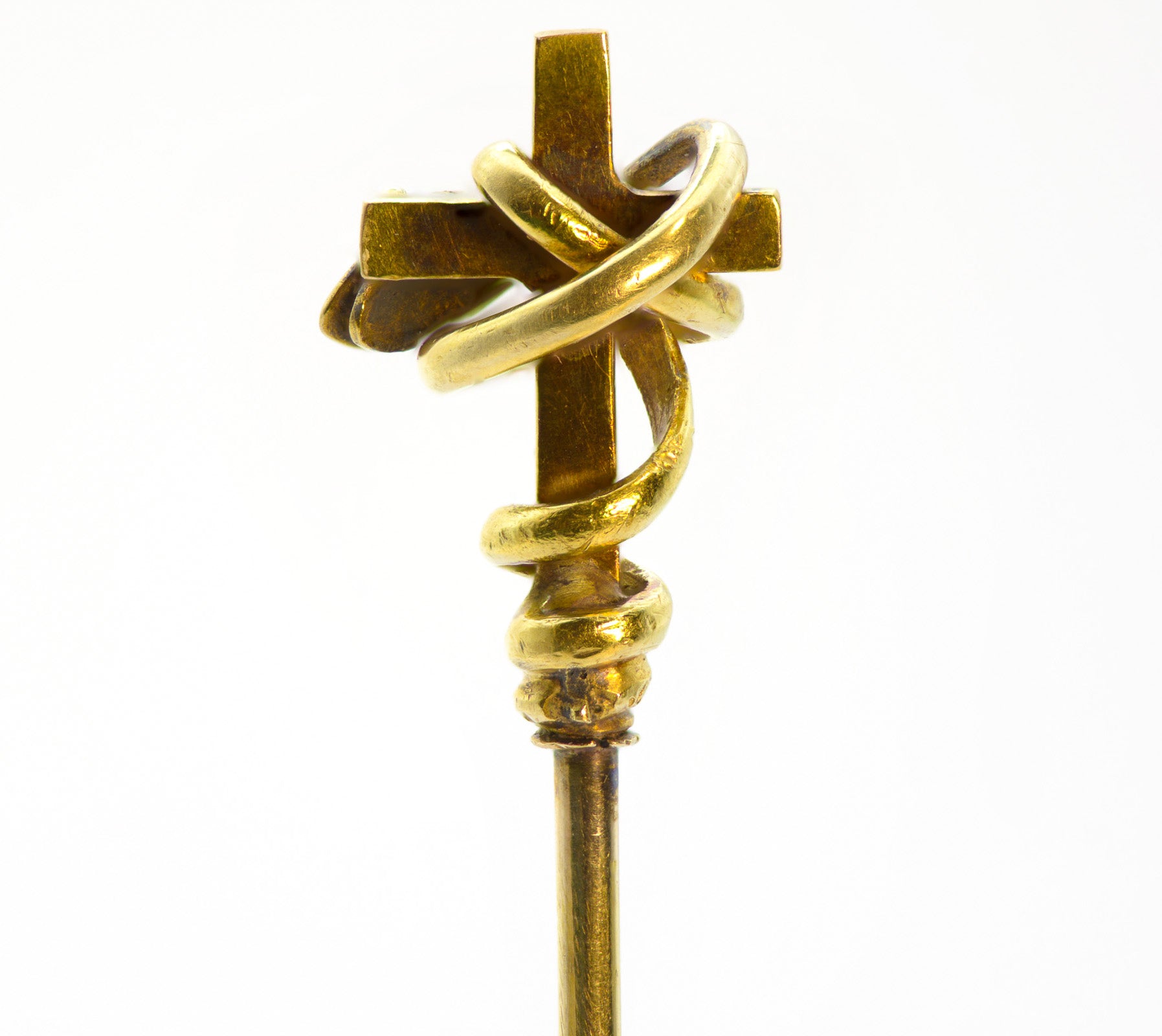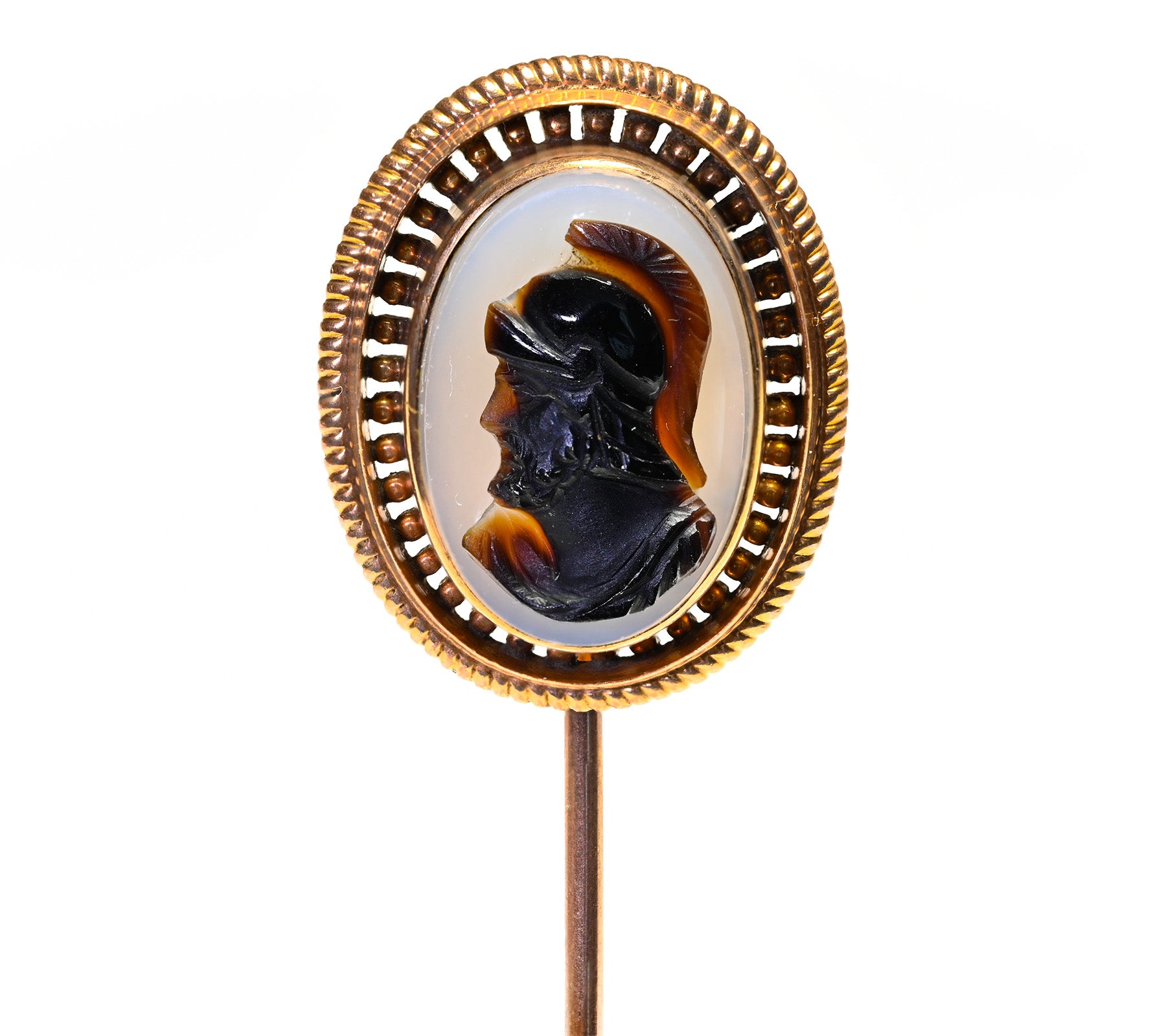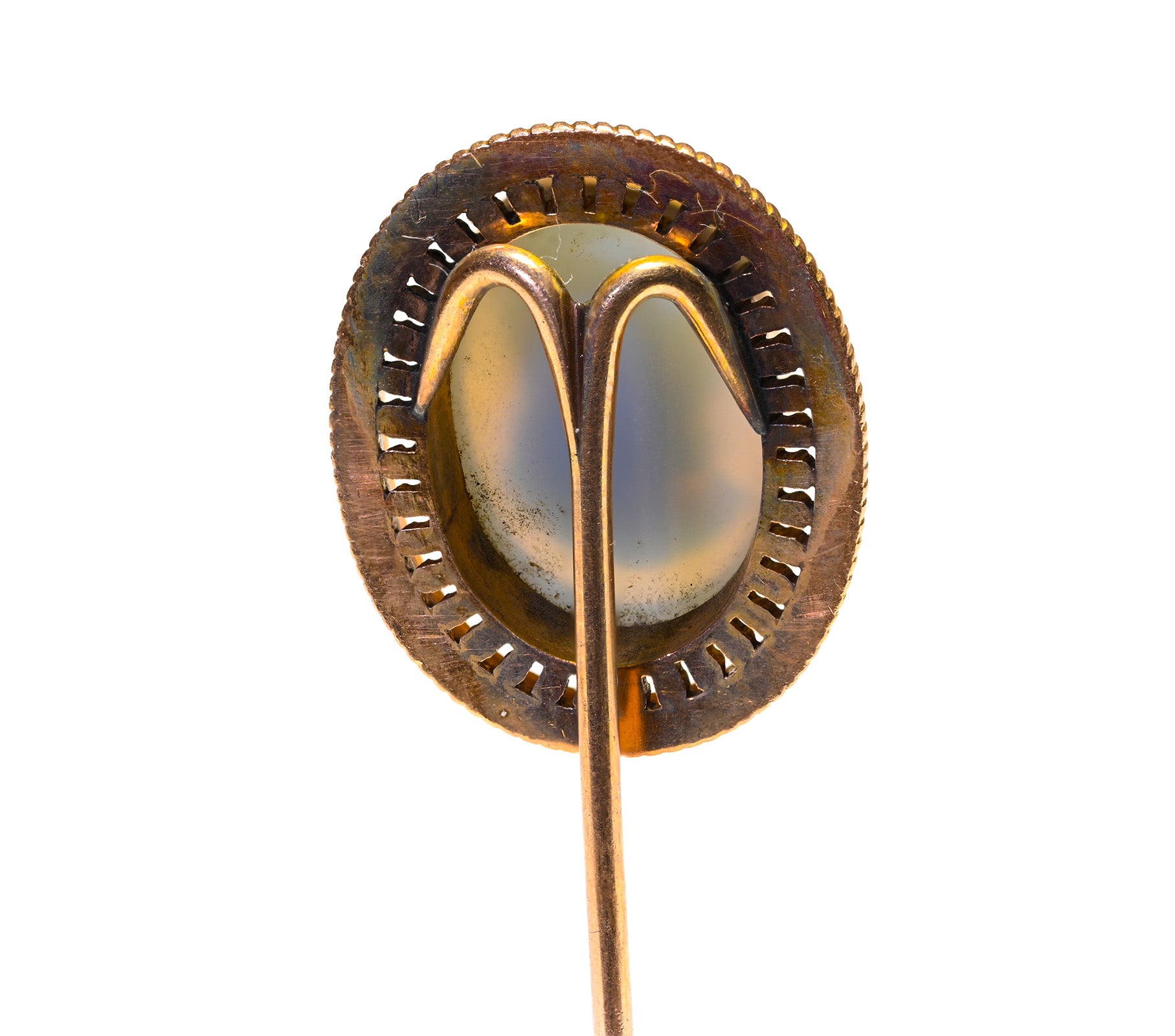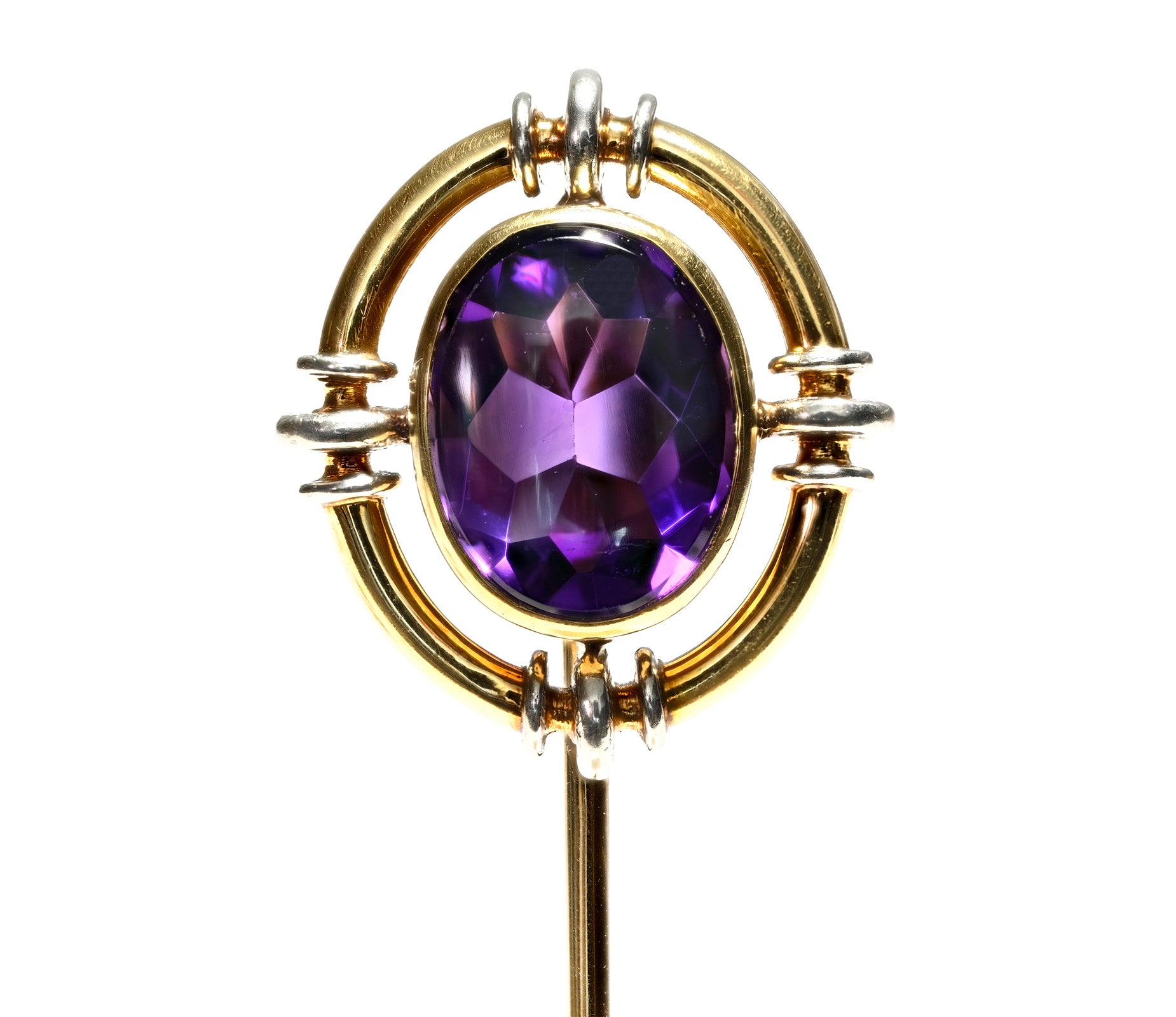
Treasure Stolen By Thieves 50 Years Ago Returned To Its Owner
Stolen half of a century ago, a very precious Roman statue was discovered by an art detective and handed back to its rightful owner.
A Dutch art detective has returned a rare Roman statue, considered one of the most important treasures in France, to the museum where it was stolen almost 50 years ago, AFP reports.
Arthur Brand, nicknamed the "Indiana Jones of the Art World", handed the 1st-century bronze statue of the god Bachus to the director of the Musée du Pays Châtillonnais in eastern France.
One cold evening in December 1973, thieves smashed a window, got into the museum through the bars, and stole a 40-centimeters (15-inch) tall statue of Bachus as a child. The statue was stolen along with 5,000 Roman coins and some Roman antiquities.
"The loss to the museum and the community was enormous. One of their most valuable antiquities was stolen," Arthur Brand told AFP.
The Dutch art detective, famous for the fact that he tracked stolen masterpieces around the world, said the museum was "flabbergasted" when he told them he had traced their missing statue, as they thought the statue was lost forever.
"I discovered how much more beautiful it was than the copy we had," recalls Catherine director of the French Museum.
How Was The Statue Of Bachus Found?
The statue appeared by chance two years ago, when an Austrian client contacted Arthur Brand, who in the past discovered a Picasso and "Les chevaux d'Hitler", life-size bronze sculptures that were displayed outside the chancellery of Berlin. The customer asked him to check a statue of a boy he had legally bought from the art market.
As he found no reference to the opera, Arthur Brand thought that it might have been stolen.
"The hunt was on" to discover the truth, the detective explained.
After months of research, a photograph of the statue in an archeology magazine from 1927 finally provided a clue: the sculpture represented Bachus as a child and belonged to a French museum. Then, a police report showed that the statue was stolen on December 19, 1973.
"I contacted the collector. He didn't want to have a stolen piece in his collection so he wanted to give it back, but French law dictates that a small amount has to be paid for safekeeping," the detective said.
Two British art collectors, Brett and Aaron Hammond, sponsored the return of the statue with a sum paid to the collector.
As for Arthur Brand, the museum said he has free entry for life.
The Bachus Statue
According to the director of the French Museum, the stolen and now returned statue is a very important object.
It was dug up on the site of the Gallo-Roman village of Vertillum in eastern France in 1894 and years later, in 1937, featured in a Paris exhibition of France's finest art pieces.
The statue was discovered by archaeologists in 1894 during excavations at the Vertillum site, declared a historic monument two decades ago.
A Dutch art detective has returned a rare Roman statue, considered one of the most important treasures in France, to the museum where it was stolen almost 50 years ago, AFP reports.
Arthur Brand, nicknamed the "Indiana Jones of the Art World", handed the 1st-century bronze statue of the god Bachus to the director of the Musée du Pays Châtillonnais in eastern France.
One cold evening in December 1973, thieves smashed a window, got into the museum through the bars, and stole a 40-centimeters (15-inch) tall statue of Bachus as a child. The statue was stolen along with 5,000 Roman coins and some Roman antiquities.
"The loss to the museum and the community was enormous. One of their most valuable antiquities was stolen," Arthur Brand told AFP.
The Dutch art detective, famous for the fact that he tracked stolen masterpieces around the world, said the museum was "flabbergasted" when he told them he had traced their missing statue, as they thought the statue was lost forever.
"I discovered how much more beautiful it was than the copy we had," recalls Catherine director of the French Museum.
How Was The Statue Of Bachus Found?
The statue appeared by chance two years ago, when an Austrian client contacted Arthur Brand, who in the past discovered a Picasso and "Les chevaux d'Hitler", life-size bronze sculptures that were displayed outside the chancellery of Berlin. The customer asked him to check a statue of a boy he had legally bought from the art market.
As he found no reference to the opera, Arthur Brand thought that it might have been stolen.
"The hunt was on" to discover the truth, the detective explained.
After months of research, a photograph of the statue in an archeology magazine from 1927 finally provided a clue: the sculpture represented Bachus as a child and belonged to a French museum. Then, a police report showed that the statue was stolen on December 19, 1973.
"I contacted the collector. He didn't want to have a stolen piece in his collection so he wanted to give it back, but French law dictates that a small amount has to be paid for safekeeping," the detective said.
Two British art collectors, Brett and Aaron Hammond, sponsored the return of the statue with a sum paid to the collector.
As for Arthur Brand, the museum said he has free entry for life.
The Bachus Statue
According to the director of the French Museum, the stolen and now returned statue is a very important object.
It was dug up on the site of the Gallo-Roman village of Vertillum in eastern France in 1894 and years later, in 1937, featured in a Paris exhibition of France's finest art pieces.
The statue was discovered by archaeologists in 1894 during excavations at the Vertillum site, declared a historic monument two decades ago.



